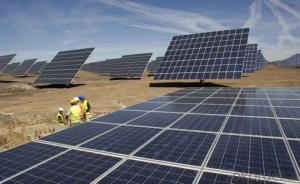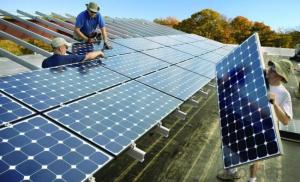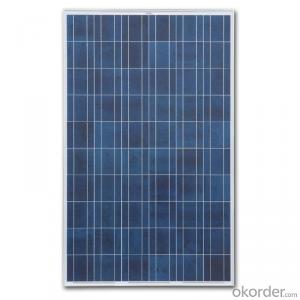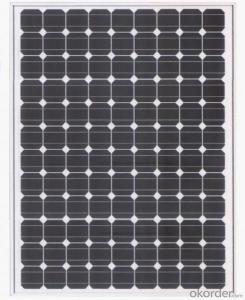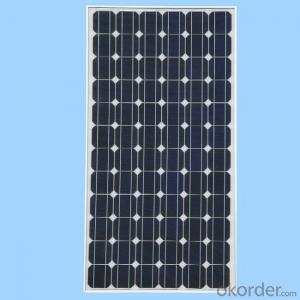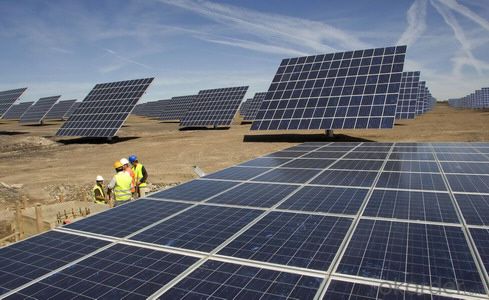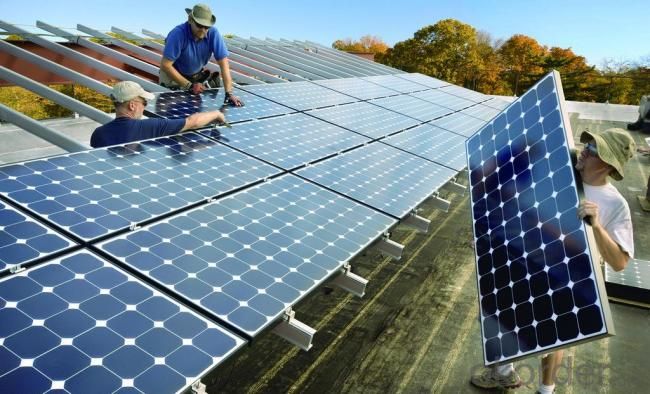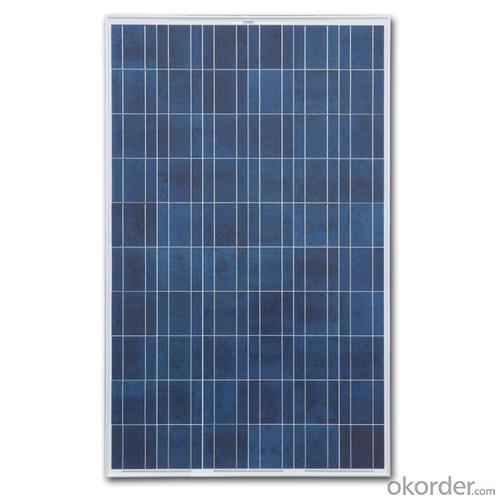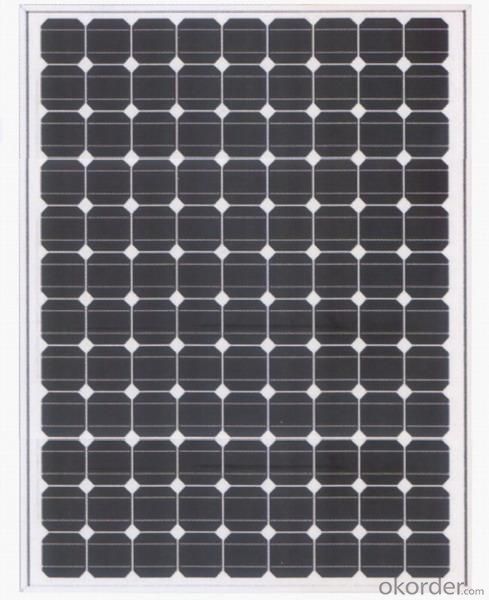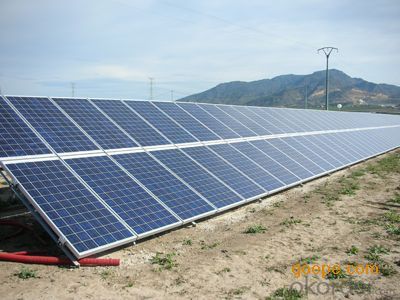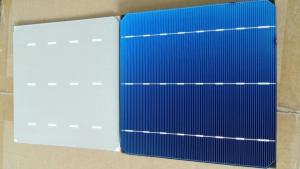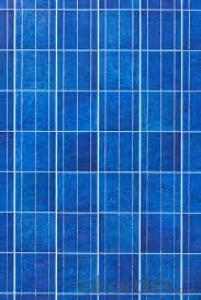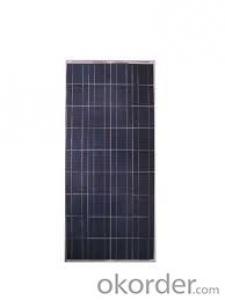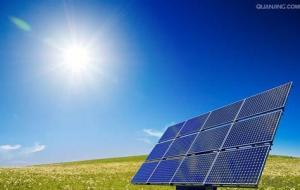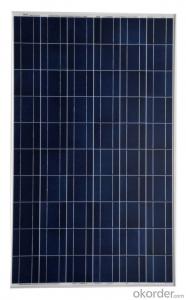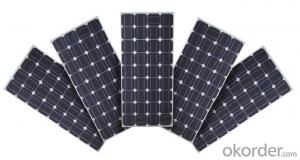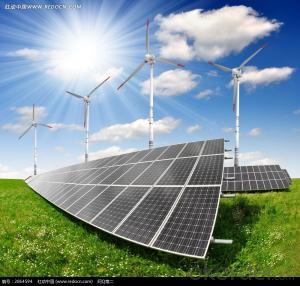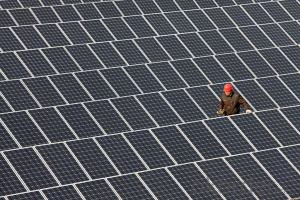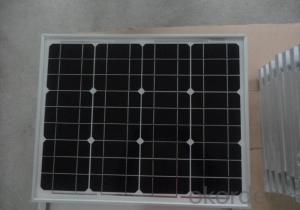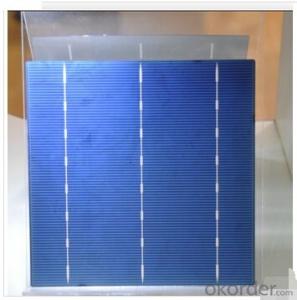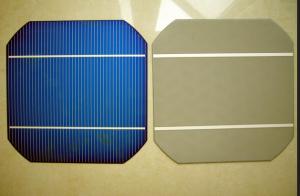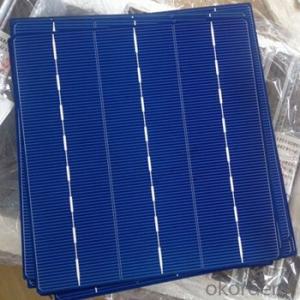High Efficiency 250W Bifacial Solar Module 250W Mono Panel for Solar System
- Loading Port:
- Shanghai
- Payment Terms:
- TT OR LC
- Min Order Qty:
- 11 watt
- Supply Capability:
- 111111 watt/month
OKorder Service Pledge
OKorder Financial Service
You Might Also Like
1.Structure of Solar Module Description
The solar module is an off-gird solar power generator, designed to provide stable and reliable electricity to homes and communities without access to grid electricity or to those regions where are short of power or even without power. The solar module is convenient to move, easy to set-up with reliable performance, making it ideal for situations where emergency power is required. It is an ideal & reliable energy source for a wide variety of applications, ranging from lighting , radios, fans ,televisions ,computers ,refrigerator. The USB port is compatible with all 5V-USB charged devices. It can also act as a back-up power source during emergency situations.
2.Main Features of the Solar Module
1).High conversion efficiencies resulting in superior power output performance.
2).Outstanding power output even in low light or high temperature conditions
3).Optimized design for ease of soldering and lamination
4).Long-term stability,reliability and performance
3.Solar Module Images
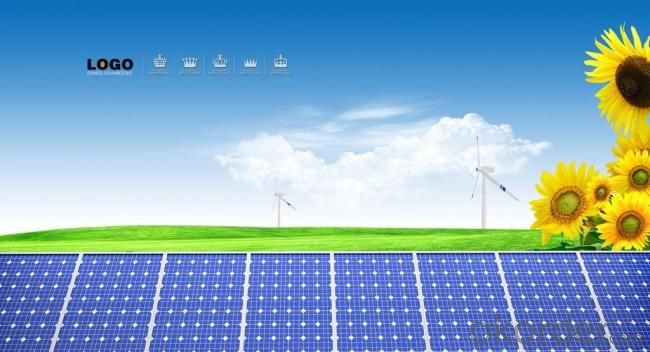
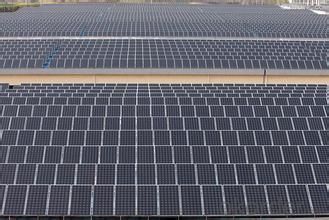
4.Solar Module Specification
| Pmax | 260W | 250W | 240W | 230W | 230W | 220W | 210W | 200W |
| Size ang Number of cells | 125mm*125mm 96 Pcs/8*12 | 125mm*125mm 96 Pcs/8*12 | ||||||
| Tolerance | ±3% | ±3% | ||||||
| Vmp | 48.33V | 48.08V | ||||||
| Imp | 5.38A | 5.18A | 4.97A | 4.76A | 4.79A | 4.58A | 4.37A | 4.16A |
| Voc | 57.8V | 57.6V | ||||||
| Isc | 5.92A | 5.69A | 5.47A | 5.24A | 5.27A | 5.04A | 4.81A | 4.58A |
| Max.syst.Oper.voltage | 1000V | |||||||
| Dioders | 4 by-pass/8 by-pass | |||||||
| Dimension | 1600mm*1067mm*50mm | |||||||
| Weight | 21Kg | |||||||
| Operate Temp.scope | #VALUE! | |||||||
| Relative humidity | 0 to 100% | |||||||
| Resistances | 227g steel ball fall down from 1m height and 60m/s wind | |||||||
| Warranty | Pm is not less than 90% in 10 years and 80% in 25 years | |||||||
5.FAQ of Solar Module
1). Q: Are you a factory or trading company?
A: We are a factory.
2). Q: Where is your factory located? How can I visit there?
A: Our factory is located in Jiangyin, Jiangsu, China, near Shanghai. You are warmly welcomed to visit us!
3). Q: How can I get some samples?
A: Please connect me for samples
4). Q: Can the price be cheaper?
A: Of course, you will be offered a good discount for big amount.
- Q: Can solar cells be used to power wireless communication networks?
- Yes, solar cells can be used to power wireless communication networks. Solar cells convert sunlight into electricity, which can be used to power various devices, including wireless communication equipment. By harnessing solar energy, wireless networks can operate independently of traditional power sources, making them sustainable and environmentally friendly.
- Q: Can solar cells be used in developing countries?
- Yes, solar cells can be used in developing countries. They offer a sustainable and renewable source of energy that can be harnessed even in remote areas without access to electricity grids. Solar cells can provide clean and affordable electricity, helping to improve living conditions, foster economic growth, and reduce dependence on fossil fuels. Additionally, the decreasing costs and increasing efficiency of solar technology make it an increasingly viable option for developing countries.
- Q: Can solar cells be used for powering manufacturing facilities?
- Yes, solar cells can be used to power manufacturing facilities. By installing a solar panel system, manufacturing facilities can generate renewable and clean energy to meet their power needs. This not only reduces their dependence on fossil fuels but also helps in reducing their carbon footprint and overall environmental impact.
- Q: Can solar cells be used for battery charging?
- Yes, solar cells can be used for battery charging. Solar cells convert sunlight into electricity, which can be used to charge batteries. This is a sustainable and renewable way to power electronic devices.
- Q: What is the impact of temperature fluctuations on solar cell efficiency?
- Temperature fluctuations can have a significant impact on solar cell efficiency. As temperature increases, the efficiency of solar cells tends to decrease. This is because higher temperatures can cause an increase in the resistance of the materials used in solar cells, leading to a decrease in the overall power output. Additionally, temperature fluctuations can also lead to thermal stress and expansion, which can potentially damage the solar cells and further reduce their efficiency. Therefore, it is important to consider and manage temperature fluctuations to optimize the performance of solar panels.
- Q: What is the role of maximum power point tracking in solar cell systems?
- The role of maximum power point tracking (MPPT) in solar cell systems is to optimize the power output of the solar panels by continuously adjusting the operating point to the maximum power point, which is the point at which the solar panel generates the most power. MPPT ensures that the solar cell system operates at its highest efficiency, allowing for maximum energy production and improved overall performance.
- Q: Can solar cells be used in vehicles?
- Yes, solar cells can be used in vehicles. Solar cells can be integrated into vehicles to generate electricity from the sun's energy, which can be used to power various components of the vehicle such as the battery, air conditioning, or even the entire propulsion system. This helps reduce reliance on fossil fuels and decreases greenhouse gas emissions, making solar-powered vehicles an environmentally friendly alternative.
- Q: What's the benefit of using a solar cell?
- It can decrease the damage to our environment.
- Q: Can solar cells be used for powering remote data collection devices?
- Yes, solar cells can be effectively used for powering remote data collection devices. Solar cells convert sunlight into electricity, providing a sustainable and reliable source of power in areas where access to conventional electricity may be limited or non-existent. By harnessing solar energy, remote data collection devices can operate autonomously without the need for frequent battery replacements or external power sources, making them ideal for applications such as weather monitoring stations, wildlife tracking devices, or environmental sensors in remote locations.
- Q: How are solar cells used in agricultural applications?
- Solar cells are used in agricultural applications to power various farming equipment, such as irrigation systems, pumps, and electric fences. They also provide electricity for lighting and heating in greenhouses and can be used to charge batteries for storing energy to be used during low sunlight periods.
Send your message to us
High Efficiency 250W Bifacial Solar Module 250W Mono Panel for Solar System
- Loading Port:
- Shanghai
- Payment Terms:
- TT OR LC
- Min Order Qty:
- 11 watt
- Supply Capability:
- 111111 watt/month
OKorder Service Pledge
OKorder Financial Service
Similar products
Hot products
Hot Searches
Related keywords
